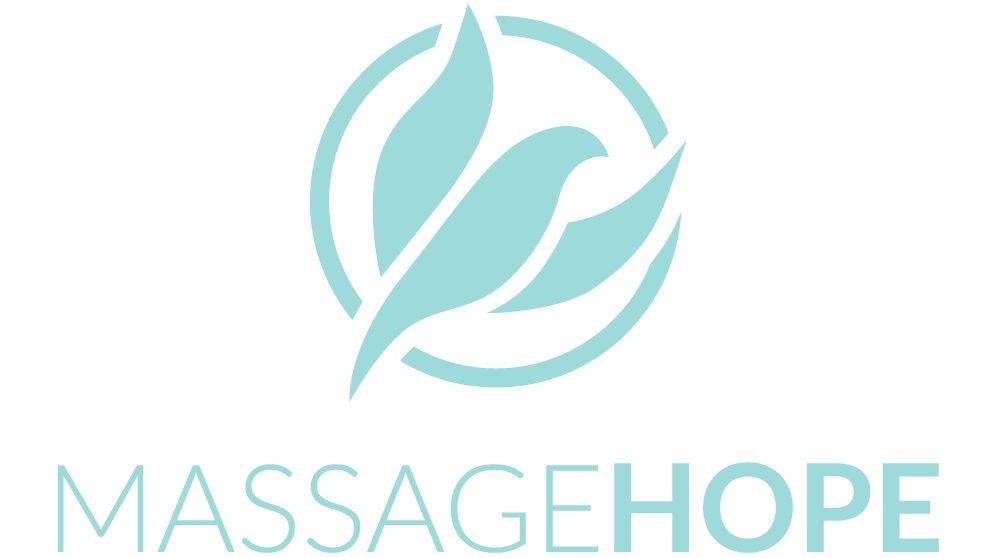Written by Kirsten Fleming, Office Manager at Massage Hope
Since beginning to work at Massage Hope, I’ve learned the ins and outs of what it takes to be a Massage Therapist, what they have to go through on a daily basis, and most of all the dos and don’ts. I put together this list of tips to hopefully help others understand the interesting minds of massage therapist, and to ensure you don’t end up saying or doing something you shouldn’t.
1. Always call them Massage Therapist, NOT a masseuse
The biggest no-no in massage therapy land is referring to your therapist as a masseuse. A masseuse has a lot of negative connotations, mostly associated with the ‘hollywood’ standard of the word massage. The first thing any massage therapist will tell you as soon as that word stumbles out of your mouth, is that they are the furthest thing from a masseuse. The title of massage therapist is indicative of their skill and what they do on a day to day basis; they are geniuses in terms of knowing all about the body and our muscle system, as well as miracle-workers in terms of using their skill to clinically help those in pain. So be aware as to the correct title of your therapist.
2. Laugh at their jokes
-One thing you’ll notice about massage therapists, especially the ones here at Massage Hope, is they have a goofy sense of humor. They are affectionately seen as dorks, and they’re ok with it. Some days they will make a joke that you have no idea what it means, or maybe just didn’t speak to you on a comical level; laugh anyways. They pride themselves on said jokes and most of the time they are funny, just only in the minds of the therapists. So giggle, laugh with them, and all will be dandy. You’ll only have to look up the meaning of the joke every once in awhile.
3. No their hands don’t hurt them
-Don’t, I repeat, DON’T ask them if their hands hurt. Yes, it’s understandable that would be a logical question for someone who works with their hands, but it doesn’t apply to massage therapists. Not only are they using lotion and/or oils during massages, effectively giving their own hands a mini massage, they also aren’t punching you or a wall to the point that their hands would feel sore, or be in pain. I know it’s a question they get asked on the daily, and one they do not enjoy receiving. So as curious as you may be, just know the answer is no, their hands do not hurt them in the slightest.
4. If you tip, tip with cash
Simple as that.
5. Remind them you are a normal human
A lot of the times you will find yourself in a conversation with your massage therapist about things going on in your body, and you will have no idea what they are saying. They’ll be throwing words and terms at you that you had no idea even existed. Lymphs, and erector spinae muscles. If this occurs, kindly stop them and remind them that you don’t know these fancy technical terms, and they’ll need to simplify it for you. Most of the time, they get so excited to have pinpointed a problem or found a solution, that they forget our brains are not as advanced as theirs. They just need a little reminder!
6. Enjoy their company
Another thing you’ll notice, especially about those that work here at Massage Hope, is that they are genuinely amazing people. They care about you and making sure you’re doing ok, not only on a day to day basis but if you’re dealing with chronic issues or pain of which they’ve worked on before. They are the sweetest, most lovable, goofy, and generous people I’ve ever had the pleasure of knowing. So embrace them, and take the time to get to know them; they’ll appreciate it more than you know.





